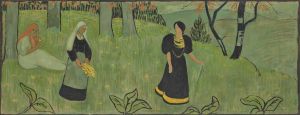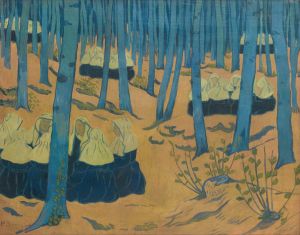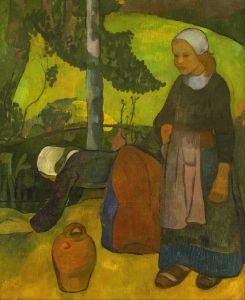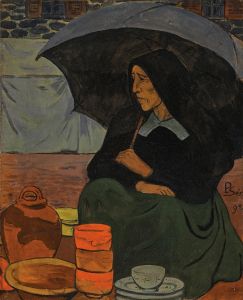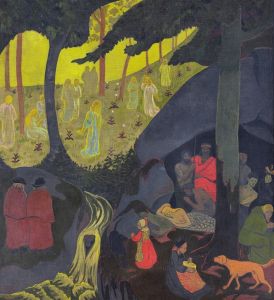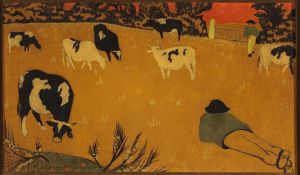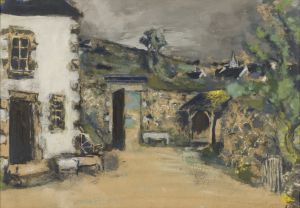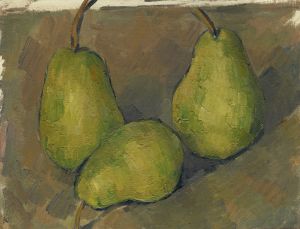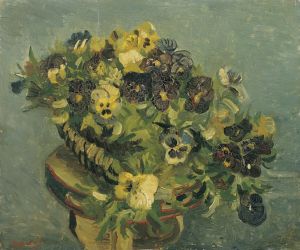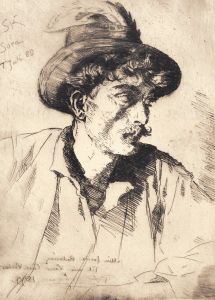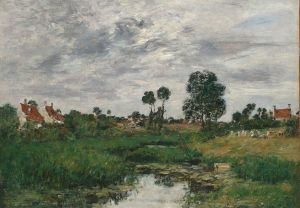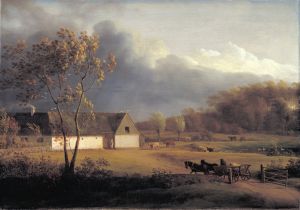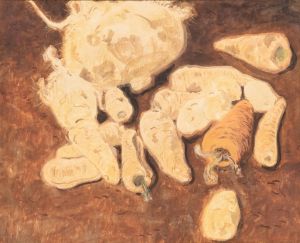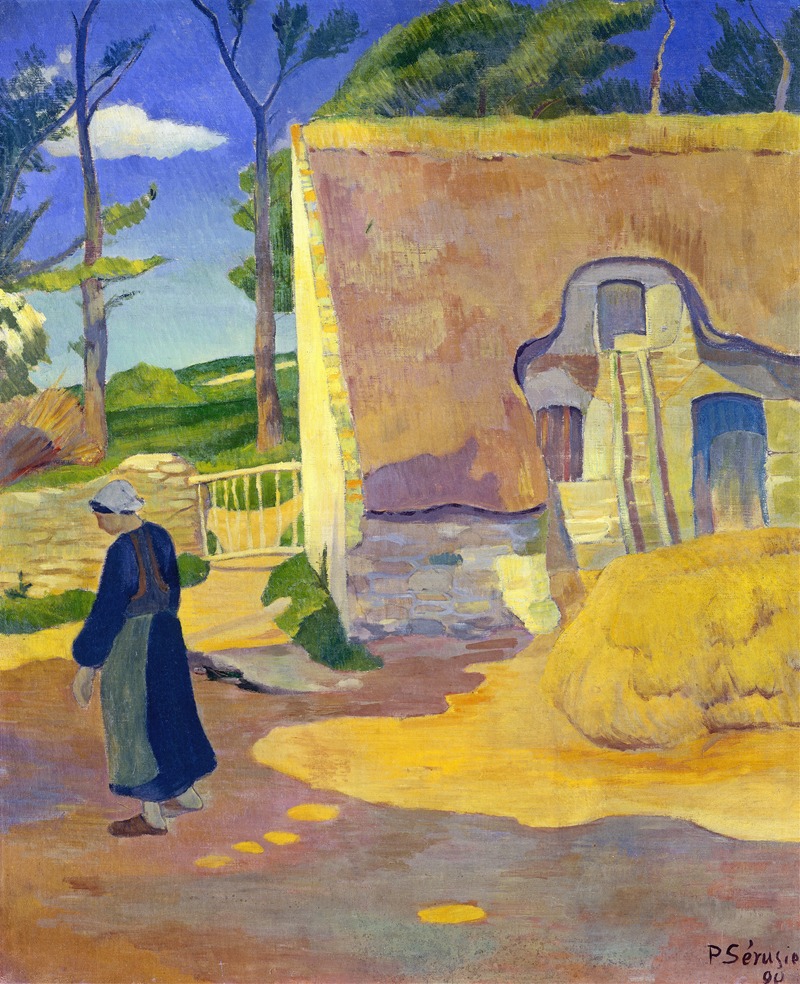
Farmhouse at Le Pouldu
A hand-painted replica of Paul Sérusier’s masterpiece Farmhouse at Le Pouldu, meticulously crafted by professional artists to capture the true essence of the original. Each piece is created with museum-quality canvas and rare mineral pigments, carefully painted by experienced artists with delicate brushstrokes and rich, layered colors to perfectly recreate the texture of the original artwork. Unlike machine-printed reproductions, this hand-painted version brings the painting to life, infused with the artist’s emotions and skill in every stroke. Whether for personal collection or home decoration, it instantly elevates the artistic atmosphere of any space.
Paul Sérusier's Farmhouse at Le Pouldu is a painting created in 1890 by the French Post-Impressionist artist. Sérusier was a prominent member of the Nabis, a group of avant-garde artists who sought to synthesize symbolism and abstraction in their work. The painting reflects the artist's interest in simplifying forms and using bold, flat areas of color, a hallmark of the Nabis' style.
The work depicts a rural farmhouse in Le Pouldu, a small village in Brittany, France, which was a popular destination for artists during the late 19th century. Sérusier, like many of his contemporaries, was drawn to the region for its unspoiled landscapes, traditional way of life, and vibrant local culture. The painting captures the rustic charm of the Breton countryside, with its simple architectural forms and muted, earthy tones.
Farmhouse at Le Pouldu is notable for its use of non-naturalistic color and its emphasis on decorative composition. Sérusier was heavily influenced by Paul Gauguin, whom he met in Pont-Aven in 1888. Gauguin's innovative approach to color and form had a profound impact on Sérusier, inspiring him to move away from the naturalistic representation of reality and toward a more symbolic and expressive style. This influence is evident in the painting's flattened perspective and the harmonious arrangement of shapes and colors.
The painting is an example of Sérusier's commitment to the principles of Synthetism, an artistic approach that sought to synthesize the outward appearance of forms, the artist's emotional response, and the aesthetic arrangement of color and line. By focusing on the essential elements of the scene, Sérusier created a work that is both evocative and visually striking.
Today, Farmhouse at Le Pouldu is recognized as an important example of Sérusier's contribution to the development of modern art. It demonstrates his role in bridging the gap between the Impressionist focus on light and atmosphere and the more abstract, symbolic tendencies of early 20th-century art movements. The painting is housed in the Musée d'Orsay in Paris, where it is part of a collection that highlights the innovations of the Post-Impressionist period.





